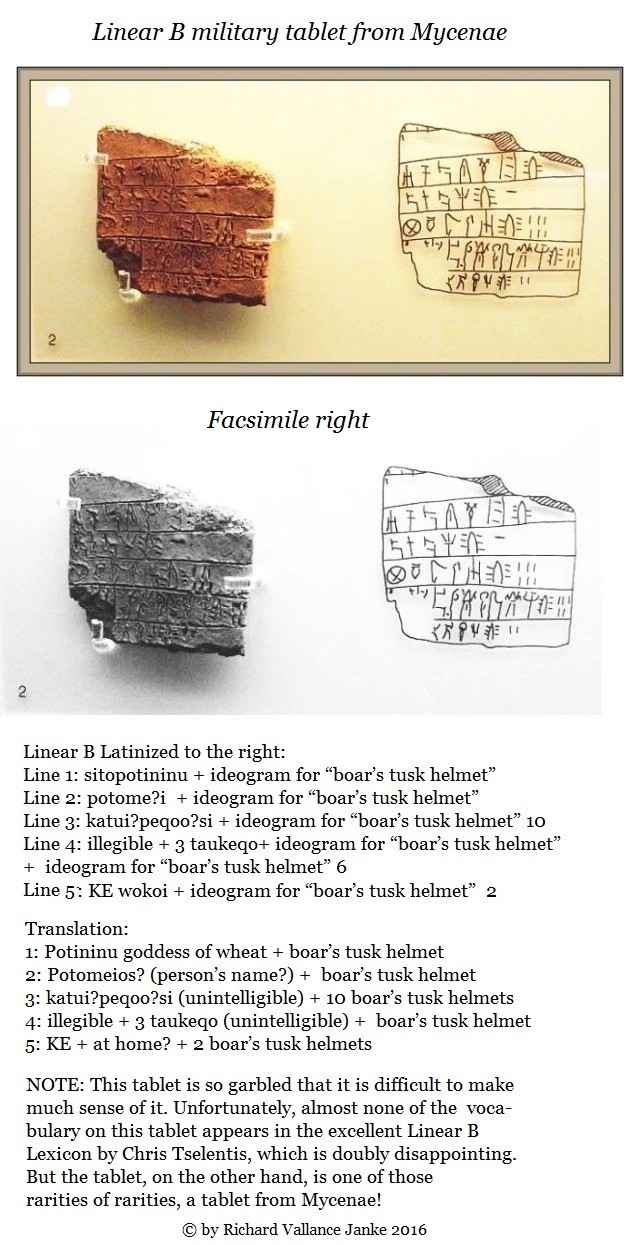So-called Cretan hieroglyphs are not hieroglyphs at all. Example 1

These 2 palm-leaf tablets incised with Cretan symbols are the first example of why so-called Cretan hieroglyphs are not hieroglyphs at all. We note right off the top that there are only 6 symbols, all of which are in fact ideograms or logograms. The numeric symbols, 40 and 100 on the fist tablet and 50, 10 & 80 on the second, do not conform to Linear A and B standards. In Linear A & B, decimals to the tens (10…90) are represented by horizontal bars, 1 for 10, 2 for 20, 8 for 80 etc. It appears instead that the dots on these tablets represent decimals to the tens. This is partly because the figure for 100 on the first tablet accords with Linear A & B practice, making it more likely that the dots are indeed in the tens.
Some other symbols are clearly identifiable. No. 1. is definitely the ideogram for an adze or labrys, which in Linear A and B is metamorphosed into the syllabogram for the vowel A. 2. is more likely to represent olive tree(s) rather than olive(s), for reasons which will become apparent in upcoming examples. 5. is very likely the ideogram for helmet, because it is very similar to same ideogram in Linear B.
So what are these palm-leaf tablets about? The first appears to be primarily military, te second primarily agricultural, with the sole exception of the ideogram for helmet, which appears out of place. But perhaps it is not. Perhaps the olive tree crops are being defended by the military. We shall never know.





You must be logged in to post a comment.